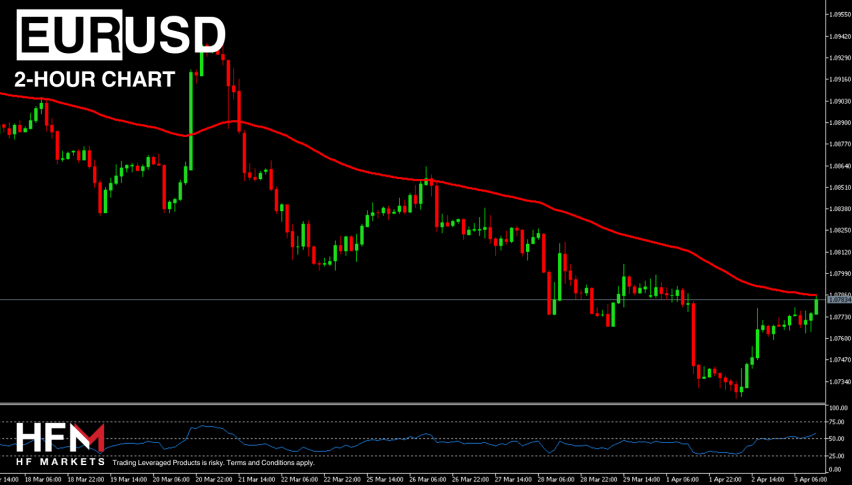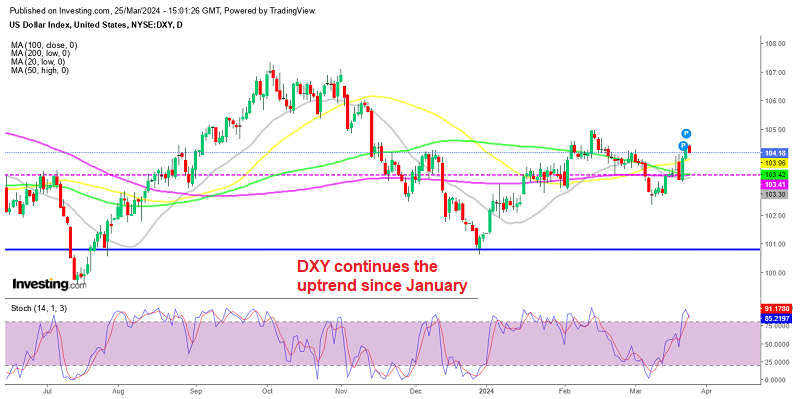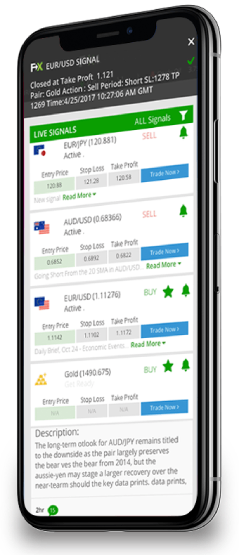The broad-based U.S. dollar failed to stop its early-day negative performance and set to record a weekly loss mainly due to the market’s upbeat mood, which tends to undermine the safe-haven assets, contributing to its losses. The losses in the U.S. dollar were further bolstered despite a mention of possible future tapering discussions, in minutes from the Fed’s April meeting, which prompted fears of early rate rises.
Looking ahead into the coming week, the series of Monetary Policy Statement and Unemployment Rate, along with US GDP and BOJ Gov Kuroda’s speech can drive plenty of headlines to keep the markets on the move. Besides this, the geopolitical tensions and coronavirus woes will also be closely followed as they could play a key role in determining risk levels in the market. Go to FX Leaders Economic Calendar
Top Economic Events to Watch This Week
1 – BoJ’s Governor Kuroda speech – Monday, 13:05 GMT
Haruhiko Kuroda is the Bank of Japan’s governor, and holds press conferences about monetary policies in Tokyo. Mr. Kuroda exercises general control over the bank’s business. He is in charge of the Internal Auditors’ Office. As a central bank leader, which controls short-term interest rates, he has more influence over the nation’s currency value than any other person. In that way, a hawkish than expected is seen as positive or bullish for the JPY currency; conversely, a dovish tone is considered as bearish for the JPY currency.
2 – German Ifo Business Climate – Tuesday, 9:00 GMT
This data is normally released by the Ifo Institute, which is understood to be highly respected due to its large sample size and historical correlation with German and broader Eurozone economic conditions. It tends to create a strong market impact after release. It is also worth mentioning that it is a key indicator of economic health – businesses react instantly to market conditions. Changes in their sentiment can be an early signal of future economic activity such as spending, investment, and hiring. Apart from this, the Institute surveys more than 7,000 companies to assess the business situation and their short-term planning. In that way, a positive economic growth is seen as bullish for the EUR; conversely, a low reading is negative for the EUR currency.
Previous release
ACTUAL:96.8
DEV:-0.56
CONS:97.8
DATE:04/26/2021 13:00
3 – CB Consumer Confidence – Tuesday, 15:00 GMT
This data is released by the Conference Board, which measures the level of confidence that people have in economic activity. A high level of consumer confidence cites economic development; conversely, a low level drives the economic downturn. In simple words, a high reading is understood as positive or bullish for the USD currency; conversely, a low reading is seen as negative or bullish for the USD currency.Note: Due to restrictions from the Conference Board, our Economic Calendar does not provide this indicator’s figures.
4 – RBNZ Interest Rate Decision – Wednesday, 3:00 GMT
The Reserve Bank of New Zealand announces this decision. If the RBNZ is hawkish about the inflationary outlook of the economy and raises the interest rates, it is seen as bullish for the NZD currency. Conversely, if the RBNZ is dovish about the inflationary outlook of the economy and cuts the interest rates, it is seen as bearish for the NZD currency.
Previous release
ACTUAL:0.25 %
DEV:0.00
CONS:0.25 %
DATE:04/14/2021 07:00
5 – EIA Crude Oil Inventories – Wednesday, 15:30 GMT
This data is released by the Energy Information Administration (EIA), which is a U.S. key indicator and primarily affects the Canadian dollar due to Canada’s sizable energy sector. It measures supply and demand imbalances in the market, leading to changes in production levels and price volatility. ‘Actual’ less than ‘Forecast’ is seen as bullish for USD currency.
6 – US Gross Domestic Product Price Index – Thursday, 13:30 GMT
The Bureau of Economic Analysis typically releases this data, Department of Commerce, which shows the monetary value of all the services, goods, and structures produced within a country in a given period. GDP Annualized is seen as a gross measure of market activity as it helps to measure the speed at which a country’s economy is developing or decreasing. In that way, high figures or better than expected numbers are seen as bullish for the USD currency. Conversely, a low reading is considered as negative or bearish for the USD currency.
Previous release
ACTUAL:6.4 %
DEV:2.04
CONS:6.1 %
DATE:04/29/2021 17:30
7 – U.S. Unemployment Claims – Thursday, 13:30 GMT
This data is normally released by the U.S. Department of Labor, which measures the number of people filing first-time claims for state unemployment insurance. However, a larger than expected number shows weakness in this U.S. labor market, which in turn, leaves a negative impact on the strength and direction of the U.S. economy. Conversely, low readings are seen as positive or bullish for the greenback currency.
Previous release
ACTUAL:473 K
DEV:-0.27
CONS:490 K
DATE:05/13/2021 17:30
8) – Goods Trade Balance – Friday, 13:30 GMT
This data is released by the U.S. Bureau of Economic Analysis and the U.S. Census Bureau, which is a balance between exports and imports of goods. It should also be noted that the figure will be released monthly basis, between four to seven days before the International Trade Balance, presenting advanced statistics for the reference month. However, the positive value shows the trade surplus, conversely, the negative value suggests a trade deficit. This data is seen as the key factor that creates some volatility for the USD currency. If a steady demand in exchange for U.S. exports is seen, that would turn into a positive growth in the trade balance, and that would be seen as positive or bullish for the USD currency. Conversely, low figures are considered as negative or bearish for the USD currency.
Previous release
ACTUAL:$-91.6 B
DEV:–
CONS:–
DATE:05/04/2021 17:30








